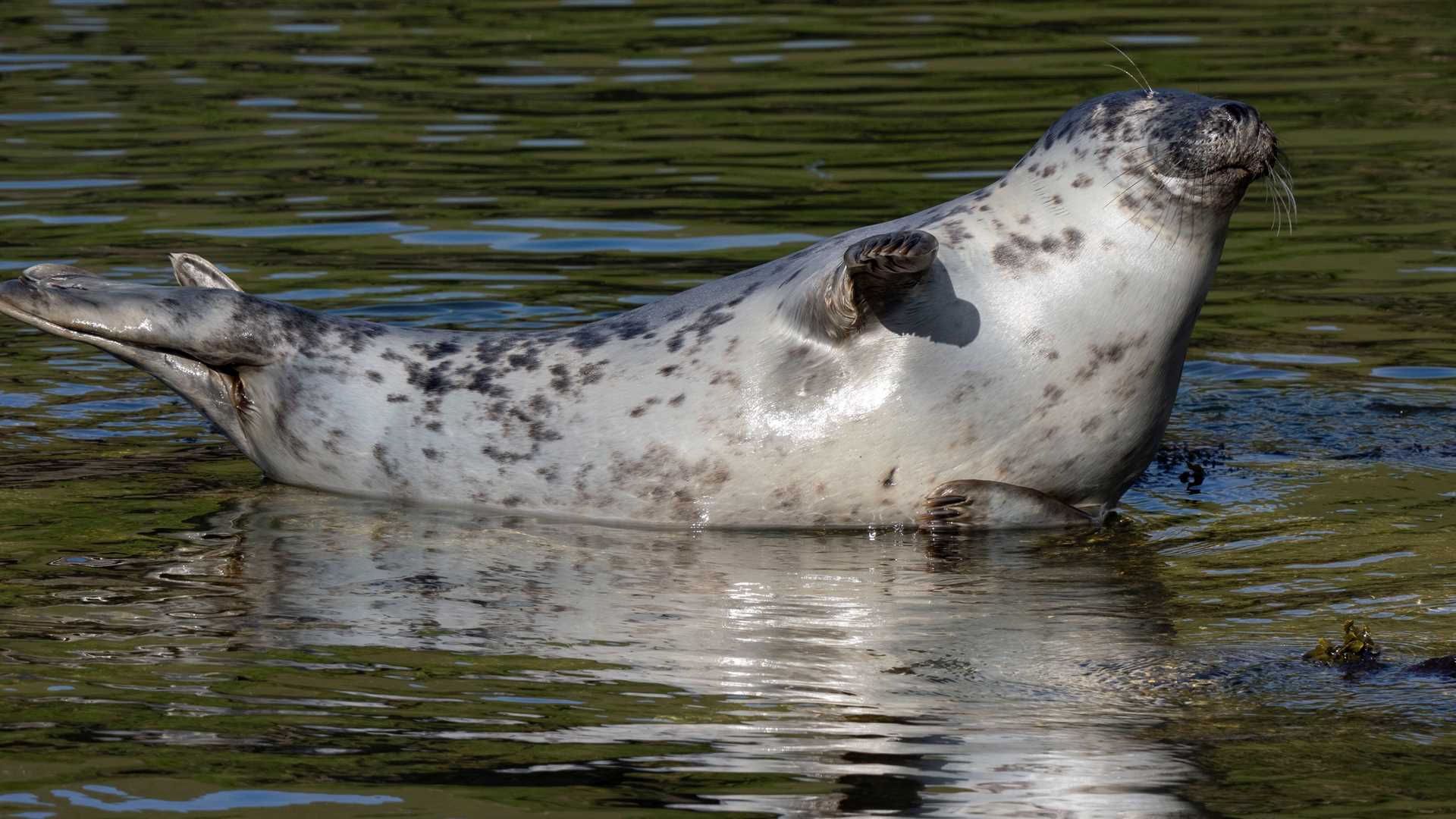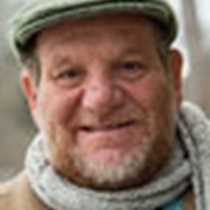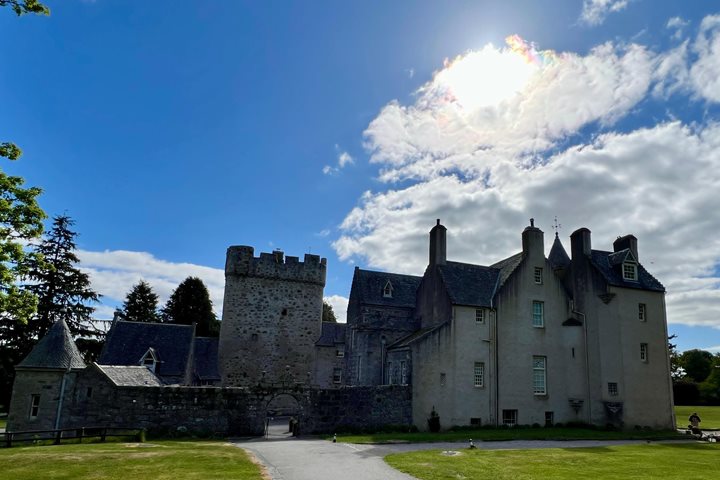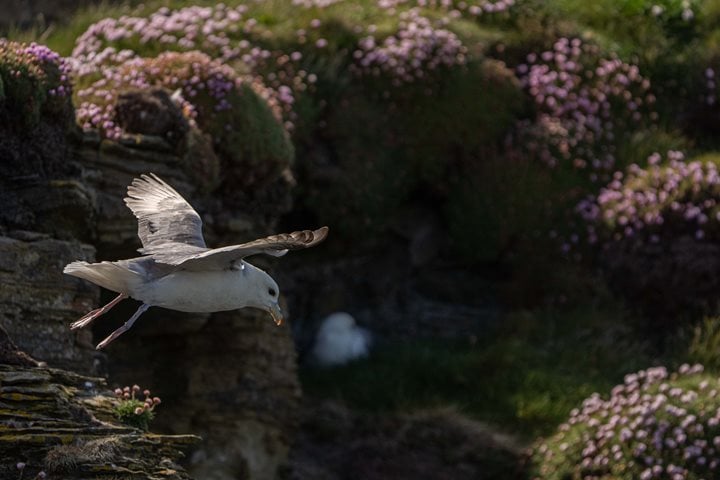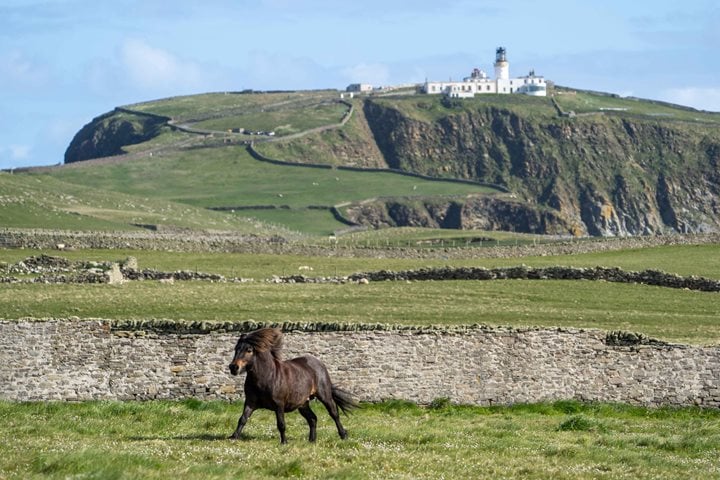Despite all the weather reports, we keep cheating the rain and wind. This morning, we awoke to beautiful sunshine and clear blue skies. With the sun on our side, we went ashore to one of the most beautiful islands in Shetland, Foula. We were met by local guides and set off to discover the beauty and wonders that the tiny little island has to offer. As soon as we set foot on the dock, we were welcomed by fulmars nesting on rock cliffs, seals hauled out on the water, and a close encounter with some Shetland ponies. What a pleasure to be here. After lunch and relocation of the ship, we again went ashore on the island of Mousa. Here we visited the best remaining example of an Iron Age round tower (a Broch) in the world and one of the oldest buildings in Britain. It was awe-inspiring.
Call +1.800.397.3348 or contact your travel advisor

